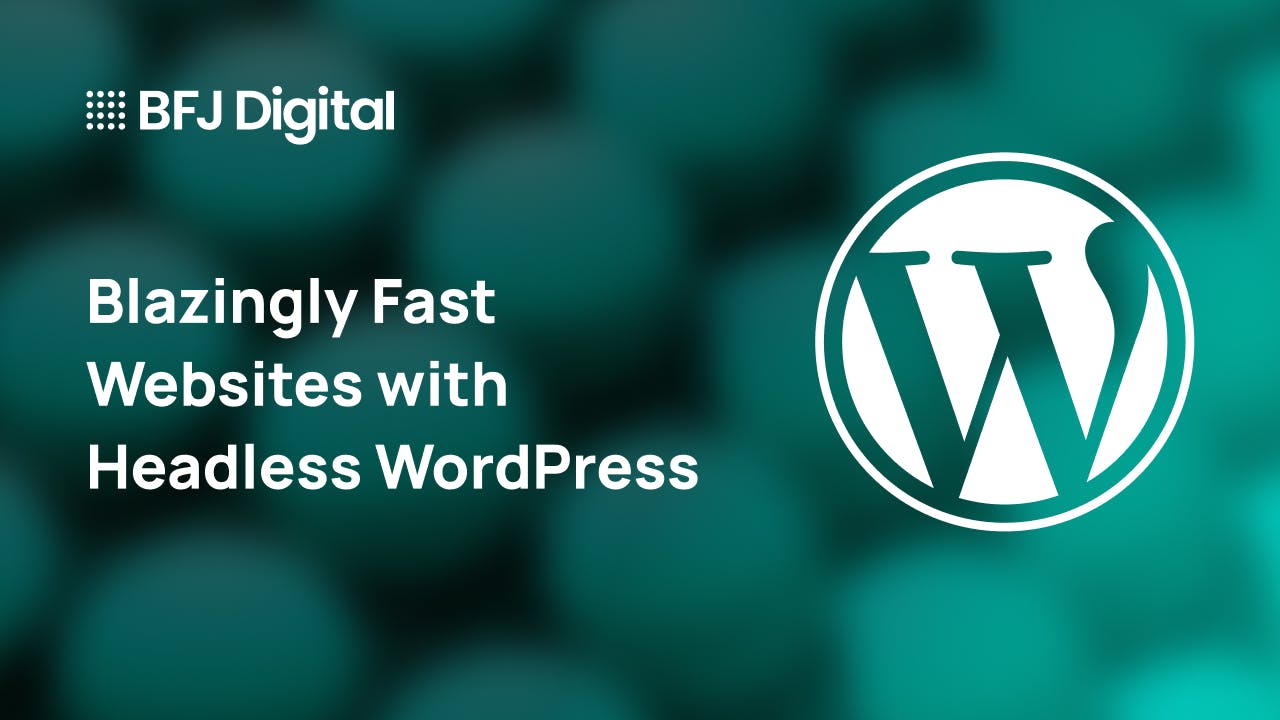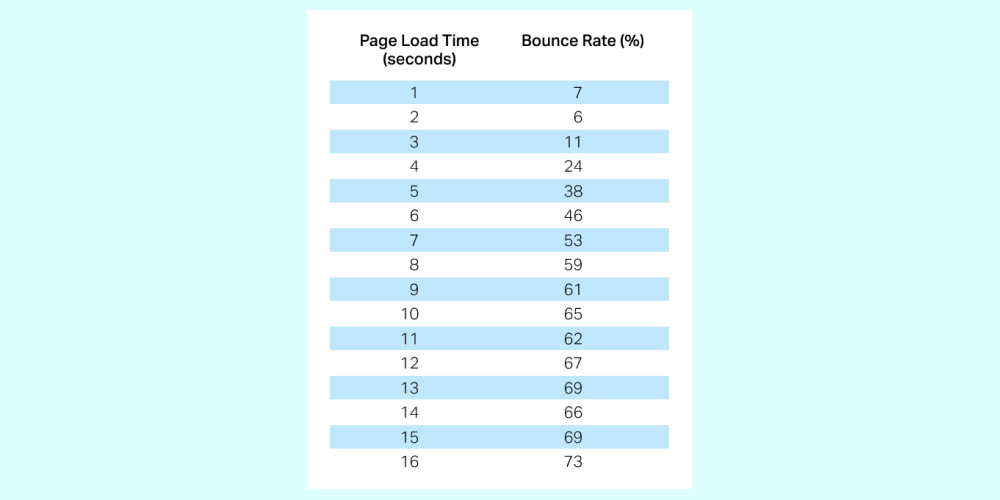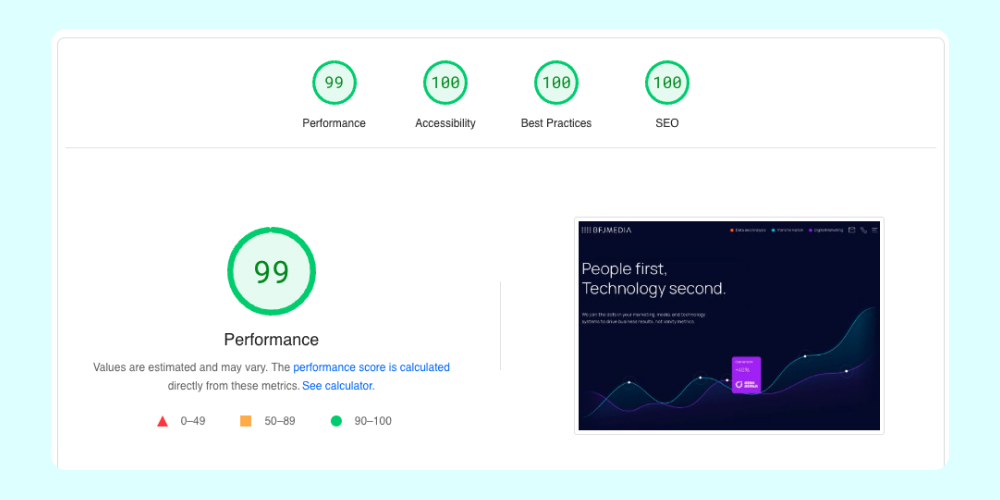Headless WordPress: Blazingly Fast Websites with the Most Popular CMS in the World

Since launched back in 2003, WordPress have always been the leader Content Management System (CMS) in the market for being user-friendly, flexible and open-source, however, the needs for expanding, scaling and improving the performance of websites has become a challenge that businesses found hard to tackle. That’s where Headless WordPress Architectures comes to play with an innovative, high performative decoupled system.
What is Headless WordPress?
On a traditional WordPress build, the front-end (visual layer) and the back-end (dashboard and database layer) are tied together, which can limit the flexibility and customisability of the website. Additionally, changes made to the frontend can potentially affect the backend, which can create unintended consequences and make maintenance more difficult.
The concept of Headless WordPress, on the other hand, follows a decoupled architecture where the world’s most popular CMS is used as the content pool (back-end) and the presentation layer (front-end) is built totally aside and interacting directly with WordPress through APIs, giving developers the liberty to choose modern Web Frameworks such as React, Vue or Svelte and use many techniques for improving loading speeds and performance.
Benefits of Changing to a Headless Architecture
Switching to a headless architecture empowers businesses with independent innovation for superior digital experiences.
1. Swift Page Load Times
By adopting a Headless Architecture for your WordPress website, modern and more efficient frameworks can be used in many factors to improve pages speed and load times. With blazingly fast pages, the user experience skyrockets and the bounce rates drop, keeping users engaged with a slick and almost instantaneous navigation.
Additionally, Headless WordPress websites make use of ultra compressed files, delivering content, media and interaction in very lightweight bundles, which reduce the users’ bandwidth usage and also contributes to Google’s SEO ranking.

Speed Matters! An Amazon study has proven that every 100ms added in page load time cost them 1% in revenue which makes the comparison between the average page load time of a traditional website and the average load time of a headless website really stands out — 3.21s and 0.8s respectively.
2. Higher Scores = Higher SEO Ranking
One of the most significant advantages of Headless WordPress is its ability to substantially improve all of Google’s Lighthouse performance scores. These scores have a direct influence on the website’s ranking and overall SEO performance. As a result, embracing a Headless approach can lead to enhanced visibility and better search engine optimisation outcomes.
In the competitive landscape of digital presence, higher Accessibility, Best Practices, SEO and Performance scores not only elevate user satisfaction but also amplify the website’s authority and credibility in the eyes of search engines. This alignment with search engine algorithms can result in more favourable ranking positions, thereby increasing the likelihood of attracting a larger and more relevant audience.

BFJ’s scores have been dramatically improved after switching to a Headless Architecture.
Book a free strategy session today
Book a free session to elevate your online performance. Save time and costs with our comprehensive, streamlined approach.
- Meet with a strategy specialist to build a growth plan.
- Increase your media performance by up to 200%
- Improve business efficiencies to increase ROI via automation and increase profit
- We cut to the chase. What digital marketing is actually working?
3. Big Layout/Logic Changes are Easier
One of the pillars of a Headless Architecture is its scalability and flexibility. A challenge that many businesses face is to grow and vertically scale their systems within a limited traditional model. Since the frontend and backend are decoupled, developers can easily scale their websites without having to worry about the underlying infrastructure. This means that it is possible to build websites that can handle high traffic volumes and still provide a fast and reliable user experience.
Headless WordPress makes:
- Website maintenance easier;
- Faster implementation of promotional/marketing campaigns;
- More freedom to A/B testing;
- Better evaluations of the impact of changes;
4. API-First and Multi-Channels Integrations
Embracing an API-First approach, businesses open doors to a world of seamless connectivity, allowing different software systems to communicate effortlessly. With a totally decoupled content pool and presentation layer, Multi-Channel Integrations emerge as a game-changer in reaching and engaging audiences across a spectrum of platforms.
By integrating their content and services cohesively across various channels – be it websites, mobile apps, social media, intranet or online stores – businesses ensure consistent experiences and brand resonance. Thanks to an API-First architecture, editors and content creators are able to use a individual piece of content in an infinity variety of channels, making it possible to publish and share across multiple platforms with a single click, keeping the brand consistent, fully synchronised and always ready for new campaigns and promotions.

5. Uptime and Security
Unlike the traditional approach where every change potentially affects the entire website, a Headless setup allows updates to be made to the front-end without disturbing the back-end processes. This means that routine maintenance, design updates, or even minor glitches on the front-end don’t disrupt any back-end functionality. Additionally, modern Headless Hosts, like Vercel or Netlify, make use of advanced caching technologies which avoids the website of going down by serving stale cached versions instead of returning server errors to the users. As a result, downtime is minimised — near 0, ensuring a smoother user experience and bolstering overall website availability.
When it comes to security, Headless WordPress architectures also excels. By having a decoupled database, it reduces the attack surface, potential vulnerabilities in the presentation layer have less chance to impact the core content management and data management systems. This isolation limits the potential pathways for cybercriminals to exploit, making it more challenging for them to compromise the website. Additionally, with a Headless setup, security updates can be managed independently, allowing the swift implementation of patches to address emerging threats without disrupting the entire website.
Key Takeaway
The switch to a Headless WordPress Architecture can bring many improvements to a business website and systems, enhancing its performance, speed, security, scores, uptime and making new integrations and transformations possible. Overall, Headless Architectures tend to perform better in most of the situations, however, like everything else, it also comes with some trade-offs that can not be well-suited for your business specific needs. Contact our team at BFJ Digital and get a personalised solution.